marjoram is a somewhat cold-sensitive perennial herb from the mint family. Due to the generic name Origanum, it is often confused with oregano, which has a hotter taste.
Occurrence and cultivation of marjoram

marjoram grows in an upright, compact bush with a woody main shoot about 20 - 40 cm high. The leaves are oblong-egg-shaped, soft and dull green with a sweet, spicy smell. The flowers are small, whitish or purple, arranged in racemes.
Marjoram originally comes from southern Europe, North Africa and Asia Minor. It is now grown all over Europe and the Mediterranean as well as in North and South Africa. Already the ancient Greeks revered marjoram and used marjoram to make wreaths and garlands for bridal couples or funeral ceremonies.
It was believed that Aphrodite, the goddess of love, created marjoram as a gentle symbol of good luck. Egypt is currently developing as the largest growing area for marjoram.
Use & application
In its various preparations as an essential oil, in the form of fresh or dried leaves and as a powder marjoram many uses. As a condiment it is commonly used to enhance the taste of soups, sauces, salads and meat dishes. In cosmetics, marjoram is used in skin creams, body lotions, shaving gels and soaps.
The herb has an oil content that, depending on the climate, season and soil, is up to 3.5% and is highest shortly after the start of flowering. In aromatherapy, the oil is said to have a warming, calming and strengthening effect. The essential oil of marjoram is obtained by steam distillation and has both antimicrobial and nematicidal (worm-releasing) properties.
The chemical-aromatic components correspond roughly to those of camphor and pine. The leaves can be dried or frozen for culinary use, with marjoram retaining its fragrance better than any other plant after drying. Dried marjoram is very important for industrial food processing and is used together with thyme in spice mixes for the production of sausage products.
In addition to the rather high protein content of 14.3%, the leaves contain tannins, flavonoids, ascorbic acid and glycosides. Ten grams of the fresh herb cover 20% of the daily requirement for calcium, 46% of the requirement for iron and 16% required vitamin A. For industrial processing, the leaves are either dipped briefly in boiling water, exposed to steam or blanched with microwave radiation.
The dried flower tips are used for sachets or potpourris and are an effective insect repellent, while the aromatic seeds are added to confectionery or jams. Oleoresins (flavorings) filtered from the oil are used as additives in foods and beverages.
Significance for health, treatment & prevention
marjoram has been used medicinally since ancient times. The Greeks used it extensively as a remedy for narcotic poisons, cramps and dropsy. Over the years, marjoram has proven itself as an active ingredient for promoting digestion.
Marjoram tea relieves various digestive problems including loss of appetite, liver problems, gallstones, gas, and stomach cramps. It is also a reliable remedy for treating runny nose and colds in infants and young children to relieve dry coughs, swollen mucous membranes, and ear pain. Well known is marjoram ointment, which is smeared under the nose and is very easy to make for home use.
The extracted oil has also been shown to be very effective in treating sprains and bruises. The dried leaves, filled in bags, can also be used externally as hot packs for painful swellings and rheumatism as well as for colic or headaches. In home medicine, steam solutions are used to clear the sinuses and relieve laryngitis. A few drops of oil put on cotton wool and placed in the hollow of a sore tooth will often relieve the pain.
Since marjoram has a special effect on the female sexual organs and the nervous system, it is used in gynecology as a tea to relieve menopausal symptoms, to treat mood swings associated with menstruation or to promote milk flow. In homeopathy, D4 or D6 potencies of Origanum Majorana are used to strengthen female sexuality.

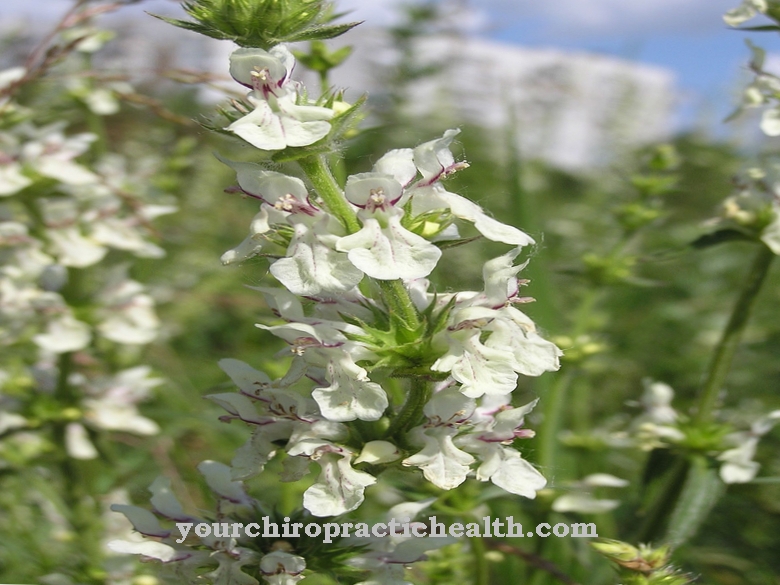
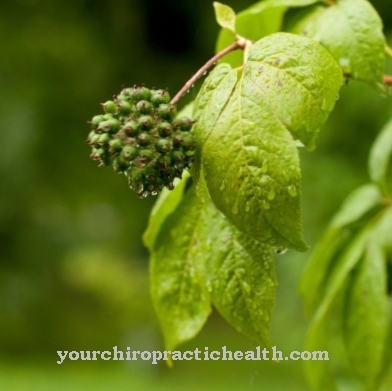
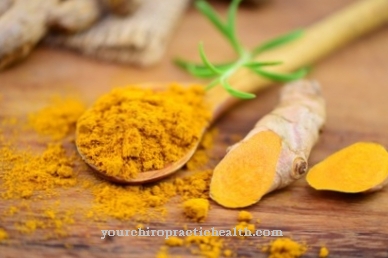
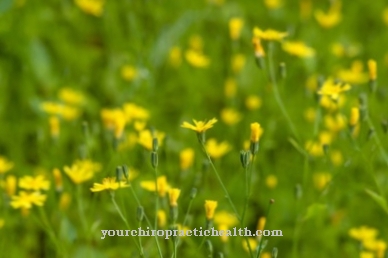
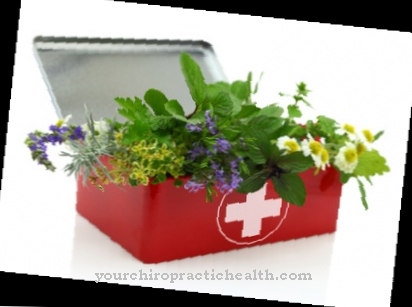
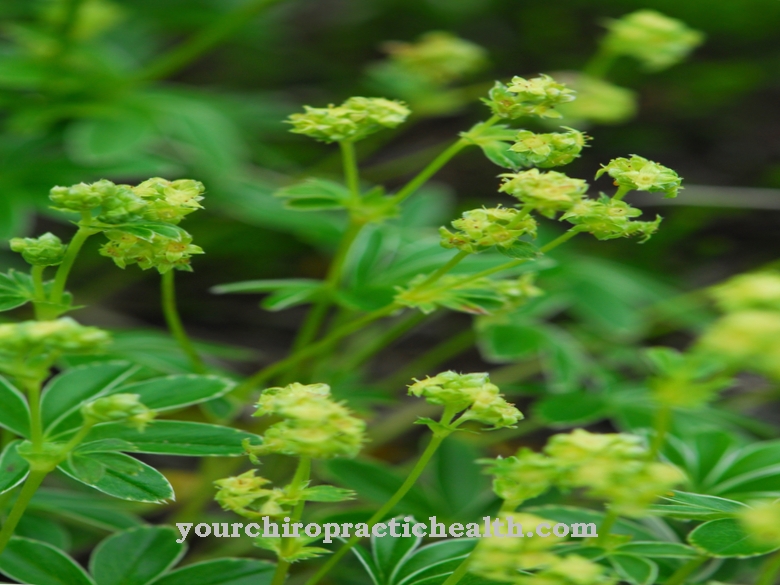


















.jpg)

.jpg)
